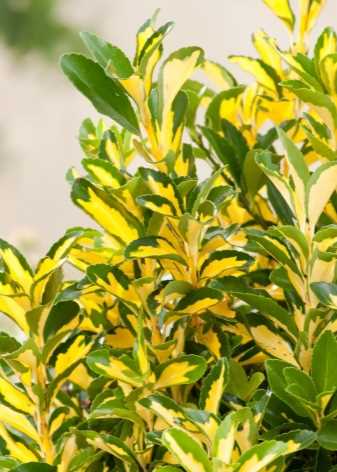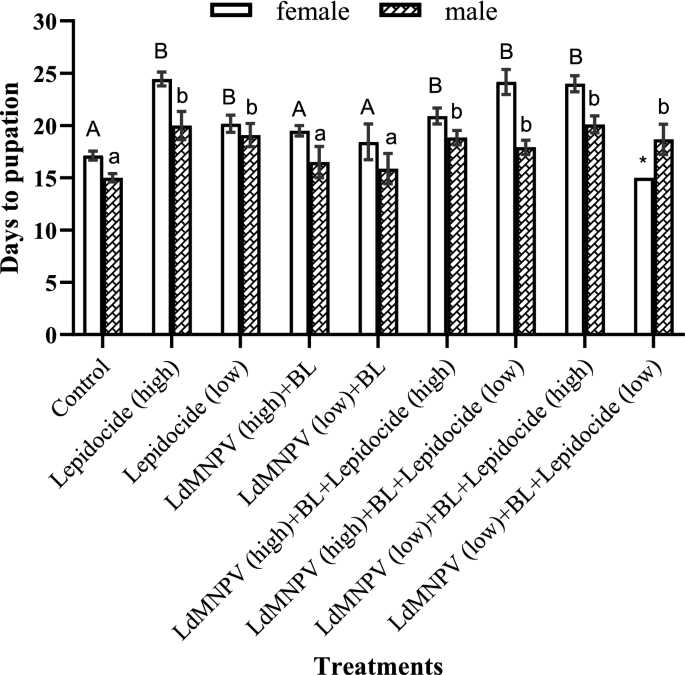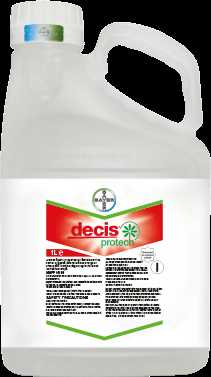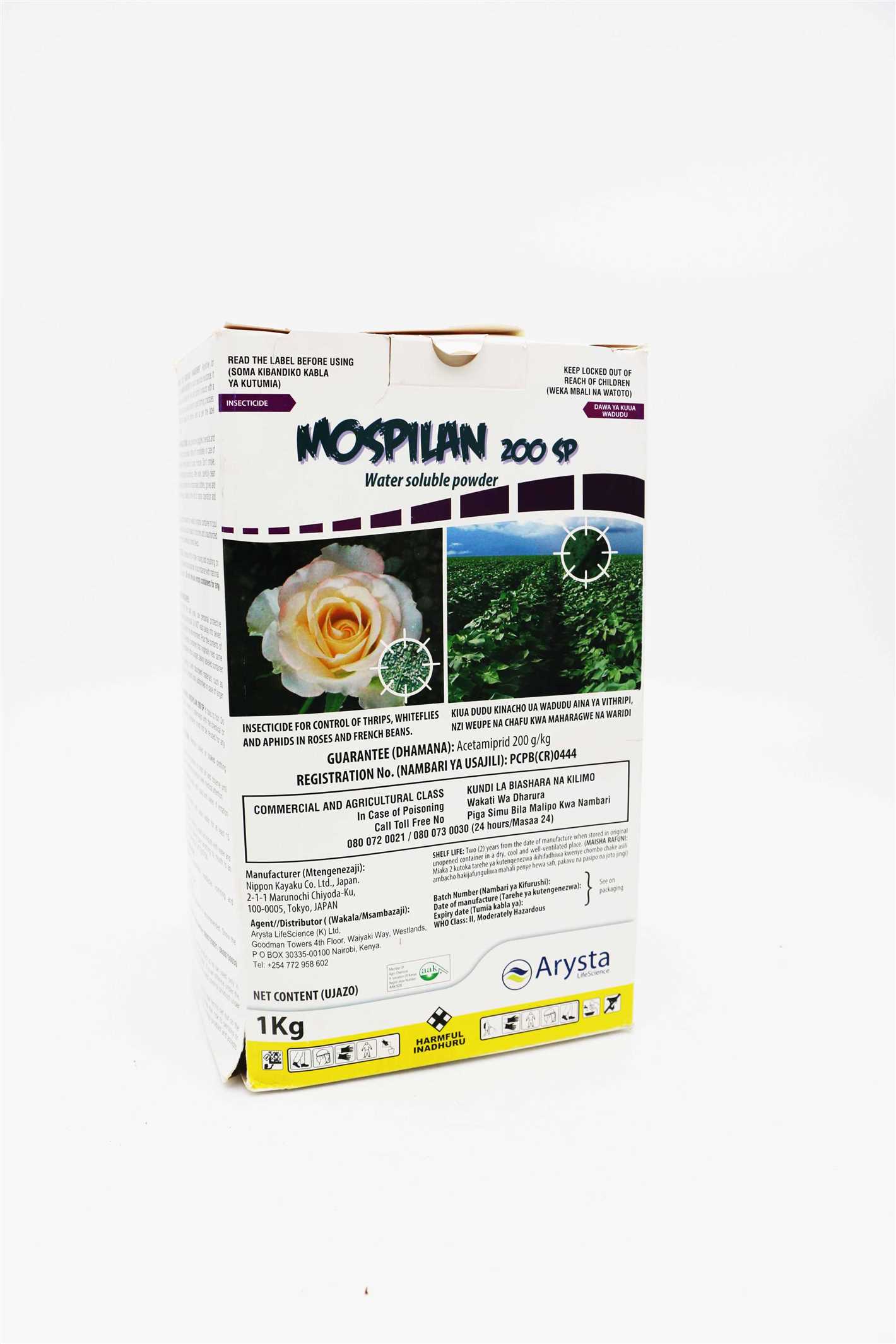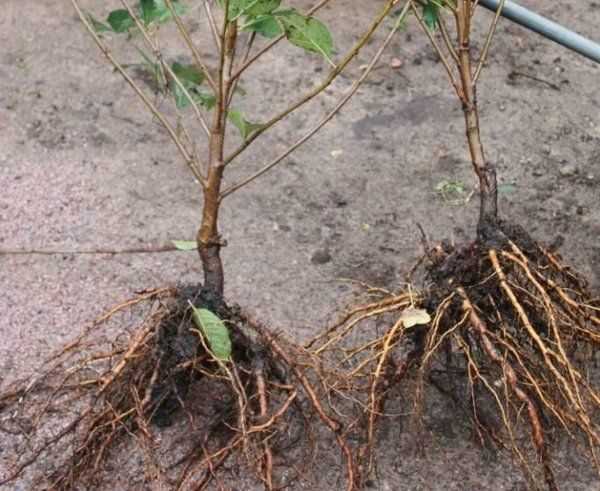- Why Proper Plant Preparation is Crucial for Karate Success
- Introduction
- 1. Injury Prevention
- 2. Performance Enhancement
- 3. Mind-Body Connection
- 4. Injury Recovery
- Conclusion
- Understanding the Importance of Plant Quality
- The Role of Plant Quality
- Choosing High-Quality Plants
- Caring for High-Quality Plants
- Choosing the Right Plant Variety
- Growth Habit
- Disease and Pest Resistance
- Environmental Requirements
- Taste and Culinary Usage
- Availability and Source
- Preparing the Soil for Karate Plants
- 1. Soil Testing
- 2. Loosening the Soil
- 3. Adding Organic Matter
- 4. Adjusting pH Levels
- 5. Mulching
- 6. Watering and Drainage
- 7. Regular Soil Maintenance
- 8. Crop Rotation
- Optimizing Watering Techniques for Karate Plants
- 1. Determine the Watering Schedule
- 2. Use the Right Amount of Water
- 3. Water at the Right Time
- 4. Choose the Right Watering Technique
- 5. Consider the Plant’s Lifecycle
- 6. Monitor Drainage
- 7. Consider Environmental Factors
- Proper Fertilization for Successful Karate Plant Growth
- 1. Choose the Right Fertilizer
- 2. Time Your Fertilizer Applications
- 3. Follow Proper Application Rates
- 4. Apply Fertilizer Correctly
- 5. Monitor Plant Response
- Controlling Pests and Diseases in Karate Plants
- 1. Regularly inspect your plants
- 2. Practice good hygiene
- 3. Use natural pest control methods
- 4. Apply appropriate fertilization
- 5. Water correctly
- 6. Quarantine infected plants
- 7. Seek professional help
- Pruning and Training Techniques for Karate Plants
- 1. Pruning for Shape
- 2. Training for Support
- 3. Pinching for Bushier Growth
- 4. Thinning for Airflow
- 5. Fertilizing after Pruning
- 6. Regular Maintenance and Observation
- Conclusion
- Harvesting and Post-Harvest Tips for Karate Plant Success
- Harvesting
- Post-Harvest Tips
- Q&A:
- How do I prepare my karate plant for success?
- What kind of soil mixture is best for karate plants?
- How much sunlight do karate plants need?
- How often should I water my karate plant?
- Should I use fertilizer for my karate plant?
- Are there any specific techniques to ensure the success of my karate plant?
- Video: Top 10 Tips to improve your Kata
Preparing your karate plant for success is crucial to ensure its growth and development. Karate plants are known for their strong and graceful movements, making them popular among avid gardeners and enthusiasts. However, to achieve the desired results, it is important to follow some tips and techniques to effectively prepare your karate plant.
Choosing the right location is key when it comes to preparing your karate plant. These plants require ample space and sunlight to thrive. Select a spot in your garden that receives at least 6-8 hours of direct sunlight. This will help the plant grow strong and healthy, as well as enhance its movements.
Soil preparation is another essential step in preparing your karate plant. The soil should be well-drained and rich in organic matter. Prior to planting, prepare the soil by removing any weeds or debris and loosening it with a garden fork. This will create an ideal environment for the roots to grow and expand.
Watering and fertilizing your karate plant
play a crucial role in its overall health and development. It is important to provide your karate plant with regular watering, ensuring that the soil remains moist, but not waterlogged. Additionally, fertilize the plant with a balanced fertilizer once every month during the growing season to provide it with the necessary nutrients to flourish.
In conclusion, preparing your karate plant properly is essential for its success. By choosing the right location, preparing the soil, and providing adequate watering and fertilization, you can ensure the growth of a strong and graceful karate plant. Follow these tips and techniques for success in cultivating your karate plant and enjoy the beauty and movement that it brings to your garden.
Why Proper Plant Preparation is Crucial for Karate Success
Introduction
When it comes to practicing karate, proper plant preparation is a crucial step that should not be overlooked. Just like a strong foundation is essential for a building, preparing your plants correctly lays the groundwork for successful karate practice. In this article, we will explore the reasons why proper plant preparation is essential for karate success.
1. Injury Prevention
One of the main reasons why proper plant preparation is crucial for karate success is injury prevention. By preparing your plants correctly, you can ensure that they are in the best possible condition to withstand the physical demands of karate movements. Without proper preparation, your plants may be prone to injury and damage, which can hinder your progress in karate.
2. Performance Enhancement
Proper plant preparation also plays a significant role in enhancing your performance in karate. When your plants are well-prepared, they can provide the necessary support and stability for executing various karate techniques effectively. This allows you to perform at your best and achieve optimal results in your karate practice.
3. Mind-Body Connection

Preparing your plants properly helps create a strong mind-body connection essential for karate success. By focusing on the preparation process, you become more mindful and present in the moment, which can improve your overall karate training. This connection between your mind and body can enhance your technique execution, balance, and coordination, leading to better performance in karate.
4. Injury Recovery
In addition to injury prevention, proper plant preparation can also aid in injury recovery. If you have previously experienced a plant-related injury, proper preparation can help strengthen your plants and promote healing. By following the correct preparation techniques, you can rehabilitate your plants and gradually return to your karate practice with reduced risk of reinjury.
Conclusion

Proper plant preparation is essential for karate success due to its role in injury prevention, performance enhancement, mind-body connection, and injury recovery. By taking the time to prepare your plants correctly, you set yourself up for a successful and fulfilling karate journey. Remember to prioritize plant preparation to optimize your karate practice and achieve your goals.
Understanding the Importance of Plant Quality
When it comes to karate plant preparation, the quality of the plant you choose can greatly impact your success. A healthy and well-established plant has a better chance of thriving and producing high-quality foliage, while a poorly cared for or diseased plant may struggle to grow and develop.
The Role of Plant Quality
The quality of the plant refers to its overall health, size, and vigor. A high-quality plant will have strong stems, lush leaves, and a well-developed root system. These characteristics are important for several reasons:
- Growth and Development: A healthy plant is more likely to grow and develop quickly, producing a larger karate plant in a shorter period of time.
- Resistance to Disease: High-quality plants are better equipped to resist disease and pest infestations. Their robust immune systems can help them fight off common issues that can hinder growth.
- Appearance: A high-quality plant will have an attractive appearance, with vibrant foliage and an overall pleasing aesthetic. This is important if you plan to display your karate plant or use it for decorative purposes.
Choosing High-Quality Plants
When selecting plants for your karate plant preparation, there are a few factors to consider to ensure you choose high-quality specimens:
- Inspect the leaves and stems for any signs of disease, discoloration, or damage. Avoid plants with yellowing or wilting leaves, as this may be a sign of poor health.
- Check the root system to ensure it is well-developed and not overcrowded. Avoid plants with roots that are rotting or overly tangled.
- Choose plants that are the appropriate size for your needs. Smaller plants may take longer to reach maturity, while larger plants may be more challenging to transplant.
- Consider the source of the plants. Plants from reputable nurseries or specialized karate plant growers are more likely to be of higher quality.
Caring for High-Quality Plants
Once you have chosen high-quality plants for your karate plant preparation, it is important to continue caring for them properly to maximize their potential. This includes:
- Providing the appropriate amount of sunlight, water, and nutrients for the specific plant species.
- Regularly monitoring for any signs of disease or pest infestation and taking prompt action if necessary.
- Pruning and shaping the plant as needed to maintain its desired form and promote healthy growth.
- Being mindful of environmental factors such as temperature, humidity, and air circulation, which can all impact the health and growth of the plant.
By understanding the importance of plant quality and taking steps to choose and care for high-quality plants, you can greatly increase your chances of success in your karate plant preparation efforts.
Choosing the Right Plant Variety
When it comes to karate plant preparation, choosing the right plant variety is essential. Different plant varieties have different growth habits, resistance to diseases and pests, and environmental requirements. Here are some factors to consider when selecting a plant variety for your karate garden:
Growth Habit
The growth habit of a plant refers to its natural form and size. Some plant varieties have a compact and bushy growth habit, while others are more sprawling and vine-like. Consider the available space in your garden and choose a plant variety that will fit well. For small gardens or containers, compact varieties are usually a better choice.
Disease and Pest Resistance
Plants are susceptible to various diseases and pests, and choosing a variety that is resistant to common issues can save you a lot of trouble. Look for plants that are bred for resistance to common diseases and pests, such as powdery mildew or aphids. This information can usually be found on seed packets or plant labels.
Environmental Requirements
Plants have specific environmental requirements when it comes to sunlight, soil type, and moisture levels. Before choosing a plant variety, evaluate the conditions in your garden. Is it sunny or shady? Is the soil well-drained or heavy clay? Matching the plant variety to the garden’s conditions will improve its chances of thriving.
Taste and Culinary Usage
If you plan to use the karate plant in cooking, taste and culinary usage are important considerations. Different plant varieties can have distinct flavors and culinary uses. Some varieties may be better suited for fresh consumption, while others are ideal for drying or preserving. Research the flavor profiles of different plant varieties to find one that suits your culinary preferences.
Availability and Source
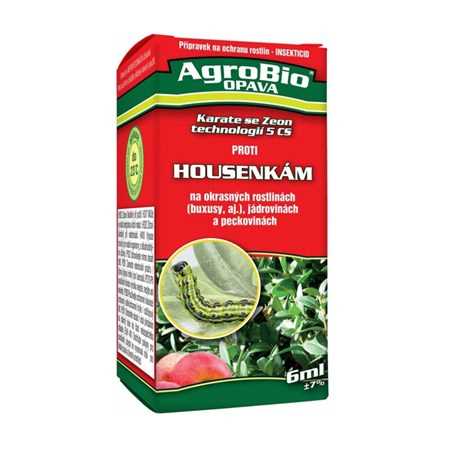
Once you have identified the plant varieties that meet your requirements, consider their availability and source. Check with local nurseries or garden centers to see if they carry the desired varieties. You can also explore online seed catalogs or reputable websites that specialize in rare and unique plant varieties.
By considering these factors, you can choose the right plant variety for your karate garden and set yourself up for success in karate plant preparation.
Preparing the Soil for Karate Plants
One of the most important steps in successfully growing karate plants is preparing the soil. The right soil composition provides the necessary nutrients and drainage for the plants to thrive. Follow these tips and techniques to ensure your karate plants have the best soil conditions:
1. Soil Testing

Before planting karate plants, it’s essential to test the soil to determine its pH levels and nutrient content. This information will help you make necessary amendments to create the ideal growing conditions for your plants.
2. Loosening the Soil
Karate plants prefer loose, well-draining soil. Use a garden fork or shovel to break up any compacted soil and remove any debris such as rocks or roots. This will create a better environment for the roots to spread and penetrate.
3. Adding Organic Matter
Improve the soil structure and fertility by incorporating organic matter such as compost or well-rotted manure. This will provide essential nutrients and improve moisture retention in the soil.
4. Adjusting pH Levels
Karate plants prefer slightly acidic soil with a pH level around 6. Adjust the pH of your soil by adding lime to raise pH or sulfur to lower pH if needed. Test the soil again to ensure the optimal pH range.
5. Mulching
Apply a layer of organic mulch around the karate plants to control weed growth, retain moisture, and regulate soil temperature. This will also add organic matter to the soil as the mulch breaks down over time.
6. Watering and Drainage
Make sure the soil is moist but well-drained. Overwatering can lead to root rot, while insufficient drainage can suffocate the roots. Use a watering can or drip irrigation system to provide consistent moisture without saturating the soil.
7. Regular Soil Maintenance
Monitor the soil moisture levels and perform regular maintenance tasks such as weeding, removing debris, and top-dressing with compost. This will help maintain a healthy soil environment for your karate plants.
8. Crop Rotation
To prevent the buildup of pests and diseases, practice crop rotation by planting karate plants in different locations each year. This will also help maintain the soil’s nutrient balance and minimize the risk of soil-borne diseases.
| Amendment | Benefit |
|---|---|
| Compost | Improves soil structure and fertility |
| Well-rotted manure | Provides essential nutrients |
| Lime | Raises pH levels |
| Sulfur | Lowers pH levels |
| Organic mulch | Controls weed growth, retains moisture, and regulates soil temperature |
Following these soil preparation techniques will create an optimal environment for the growth and success of your karate plants. Remember to regularly monitor the soil and make any necessary adjustments to ensure the health and productivity of your plants.
Optimizing Watering Techniques for Karate Plants
Watering your karate plants properly is essential for their growth and overall health. Here are some techniques to optimize your watering routine:
1. Determine the Watering Schedule
Understanding the water needs of your karate plants is crucial. Most karate plants thrive when watered thoroughly, but not too frequently. It’s best to water them when the top few inches of soil feel dry to the touch. To avoid overwatering, always check the moisture level of the soil before watering.
2. Use the Right Amount of Water
Providing the right amount of water is key. Avoid underwatering, as it can lead to dehydration and wilting. On the other hand, overwatering can suffocate the roots and promote the growth of harmful fungi. Aim to water the karate plants thoroughly, allowing water to reach the root zone, but avoid creating waterlogged conditions.
3. Water at the Right Time
Watering your karate plants at the right time of day can make a significant difference in their health. It’s best to water them in the early morning or late afternoon when the temperature is cooler. Watering during these times allows plants to absorb moisture before the heat of the day evaporates it, preventing excessive water loss.
4. Choose the Right Watering Technique
There are various watering techniques you can use for karate plants:
- Top watering: Pour water directly onto the soil surface, ensuring it is evenly distributed.
- Bottom watering: Place the plant pot in a tray filled with water and allow it to absorb moisture from the bottom. This technique is particularly useful for plants with sensitive leaves that may be damaged by water droplets.
- Drip irrigation: Use a drip system to deliver water directly to the root zone. This method provides a slow and steady water supply, preventing water runoff.
5. Consider the Plant’s Lifecycle
The watering needs of karate plants can vary depending on their lifecycle. When plants are actively growing or flowering, they typically require more water. However, during dormancy or winter months, they may need less frequent watering. Adjust your watering schedule accordingly to meet the plant’s needs at each stage.
6. Monitor Drainage
Proper drainage is essential for karate plants to prevent waterlogging and root rot. Ensure the plant containers have drainage holes at the bottom and use a well-draining potting mix. Regularly check the drainage and adjust watering if you notice excess water pooling at the bottom.
7. Consider Environmental Factors
Environmental factors, such as humidity and temperature, can affect the water needs of karate plants. Higher temperatures and low humidity levels may increase the water requirements, while cooler temperatures and high humidity levels may decrease them. Monitor these factors and adjust your watering routine accordingly.
Remember that watering techniques may vary slightly depending on the specific type of karate plant you are growing. It’s always a good idea to research the specific needs of your plant to optimize its care.
Proper Fertilization for Successful Karate Plant Growth
Proper fertilization is essential for the successful growth of karate plants. Fertilizers provide the essential nutrients that plants need to thrive and produce healthy foliage and flowers. Here are some tips and techniques for fertilizing your karate plants to ensure their optimal growth and development.
1. Choose the Right Fertilizer
When it comes to fertilizing karate plants, it’s important to choose a fertilizer that is specifically formulated for their needs. Look for a balanced fertilizer with a ratio of nitrogen (N), phosphorus (P), and potassium (K). The NPK ratio is usually listed on the fertilizer packaging, such as 10-10-10 or 20-10-10, indicating the proportions of each nutrient.
Additionally, consider using slow-release fertilizers specifically designed for long-term feeding. These fertilizers gradually release nutrients over time, providing a steady supply of nourishment to the karate plants.
2. Time Your Fertilizer Applications
Timing is crucial when it comes to fertilizing karate plants. Apply fertilizer during the active growing season, which is usually spring and summer. This is when the plants are actively producing new growth and need the extra nutrients the most.
Avoid fertilizing during the dormant period, which is usually in the fall and winter. Fertilizing karate plants during this time can encourage new growth that may be easily damaged by cold temperatures or frost.
3. Follow Proper Application Rates
It’s important to follow the recommended application rates for your chosen fertilizer. Over-fertilizing can burn the plants’ roots and cause damage, while under-fertilizing can result in slow growth and nutrient deficiencies.
Refer to the fertilizer packaging for specific instructions on how much to apply per plant or per square footage of the planting area. Use a measuring cup or a spreader to ensure even and accurate application of the fertilizer.
4. Apply Fertilizer Correctly
When applying fertilizer to your karate plants, it’s important to distribute it evenly throughout the root zone. Avoid applying fertilizer directly onto the plant’s foliage or stems, as this can cause burn or damage.
Use a gardening fork or a rake to lightly scratch the soil surface around the base of the plant before applying the fertilizer. This will help the fertilizer to penetrate the soil and reach the plant’s roots more effectively. Water the plants after fertilizing to help dissolve the fertilizer and distribute it to the roots.
5. Monitor Plant Response
After fertilizing your karate plants, closely monitor their response. Observe for any signs of over-fertilization, such as leaf burn or discoloration, and adjust the fertilization rate if necessary. If you notice slow growth or nutrient deficiencies, consider increasing the fertilizer application or switching to a more suitable fertilizer formula.
Regularly inspect and assess the overall health and performance of your karate plants to ensure that they are receiving the necessary nutrients for optimal growth and development.
Controlling Pests and Diseases in Karate Plants
Karate plants, like all plants, are susceptible to pests and diseases that can hinder their growth and overall health. It’s important to be vigilant and take measures to control and prevent any infestations or diseases. Here are some tips and techniques to help you keep your karate plants healthy:
1. Regularly inspect your plants
It’s crucial to regularly inspect your karate plants for any signs of pests or diseases. Check the leaves, stems, and soil for any abnormalities, such as discoloration, wilting, or the presence of insects. Early detection can help prevent the spread of pests or diseases.
2. Practice good hygiene
Maintaining good hygiene in your karate plant area can help prevent the occurrence and spread of diseases. Regularly clean your tools, pots, and surrounding areas to minimize the risk of contamination. Remove any dead leaves or plant debris that could potentially harbor pests or diseases.
3. Use natural pest control methods
Consider using natural pest control methods to avoid the use of chemicals. Introduce beneficial insects, such as ladybugs or praying mantises, that can feed on pests like aphids or mites. Additionally, you can make homemade pest sprays using ingredients like neem oil or garlic, which are known to repel common plant pests.
4. Apply appropriate fertilization
Proper fertilization can help strengthen the karate plants and make them more resistant to diseases. Use a balanced fertilizer that provides essential nutrients needed for healthy growth. Avoid over-fertilization, as this can lead to nutrient imbalances and make plants more susceptible to pests and diseases.
5. Water correctly
Over- or under-watering can stress karate plants and make them more vulnerable to diseases. Water your plants thoroughly but avoid excessive watering that leads to waterlogged soil. Ensure proper drainage and allow the soil to dry out slightly between watering sessions.
6. Quarantine infected plants
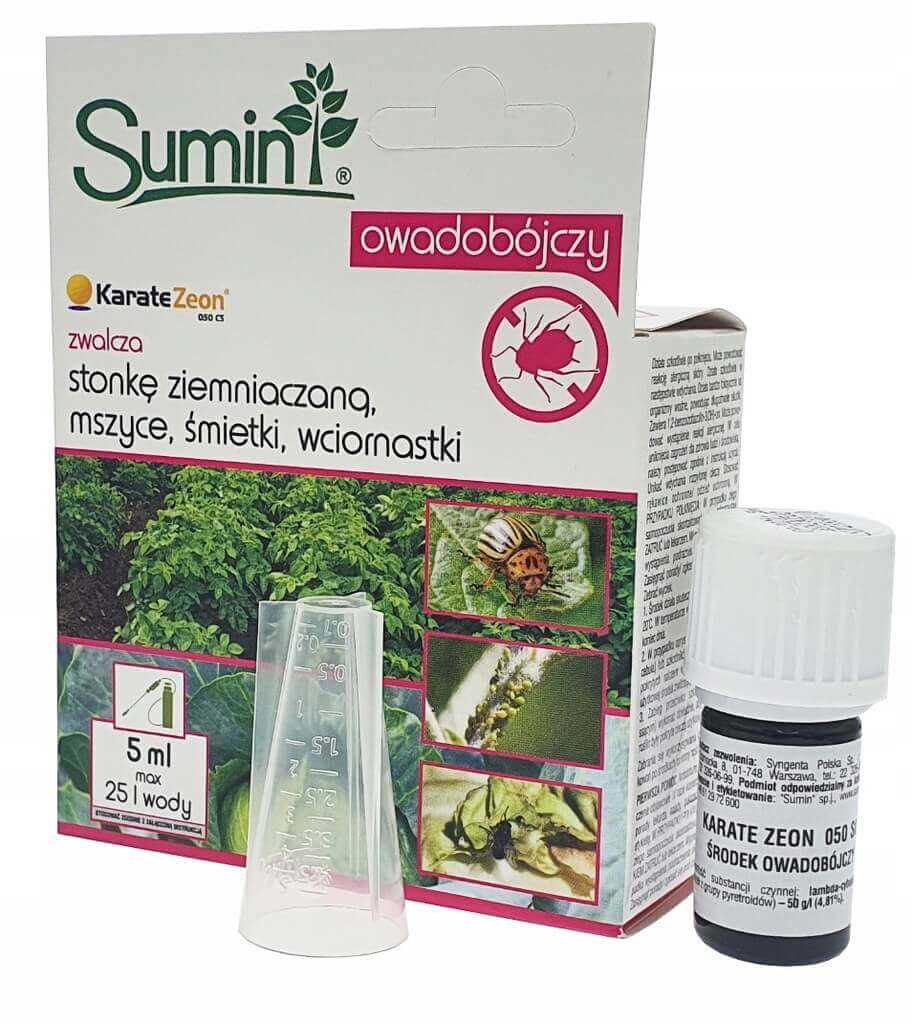
If you notice any signs of pests or diseases on a karate plant, immediately separate it from other healthy plants. Quarantining the infected plant will help prevent the spread of pests or diseases to other plants. Treat the infected plant accordingly or seek professional advice if needed.
7. Seek professional help
If you’re unsure about how to deal with a particular pest or disease, don’t hesitate to seek professional advice. Local nurseries or agricultural extension offices can provide guidance on identifying and treating common pests and diseases in karate plants.
By following these tips and techniques, you can effectively control pests and diseases in your karate plants and ensure their healthy growth and development. Remember that prevention is key, so regular monitoring and proactive measures are essential for maintaining plant health.
Pruning and Training Techniques for Karate Plants
Pruning and training karate plants is essential to maintain their shape, promote healthy growth, and improve overall appearance. Here are some techniques to help you achieve success with your karate plants:
1. Pruning for Shape
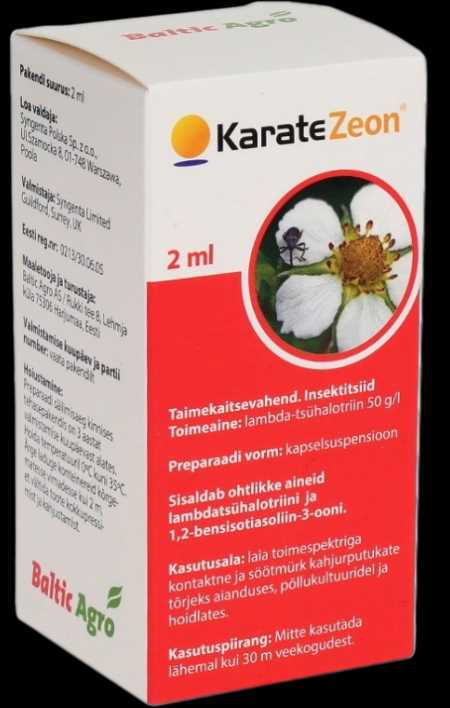
Trimming your karate plants regularly will help maintain their desired shape. Use sharp, clean shears to cut back any overgrown or unruly branches. Start by removing dead or damaged leaves and branches. Next, selectively prune branches that are growing in undesirable directions or crossing each other. Be careful not to over-prune, as it can stunt the plant’s growth.
2. Training for Support
Karate plants can benefit from training to support their growth and prevent them from leaning or falling over. Use stakes or a trellis system to provide support for the main stem or branches. Gently tie the plant to the support structure using soft plant ties or twine. Regularly check and adjust the ties as the plant grows.
3. Pinching for Bushier Growth
Pinching is a technique that involves removing the top portion of the plant’s stem or branches to encourage bushier growth. When the karate plant reaches a desired height, pinch off the top inch or two of the main stem. This will stimulate the growth of new side branches and create a fuller, more compact plant.
4. Thinning for Airflow
To prevent disease and promote airflow, thinning the foliage of your karate plant is important. Remove crowded or crossing branches to allow light and air to reach all parts of the plant. This will help prevent the development of mold, mildew, and other common plant diseases.
5. Fertilizing after Pruning
After pruning your karate plants, it’s important to replenish nutrients with a balanced fertilizer. This will help promote new growth and ensure the plant has the necessary resources to heal and recover from the pruning process. Follow the instructions on the fertilizer packaging for the proper dilution and application method.
6. Regular Maintenance and Observation
Lastly, regular maintenance and observation are key to successful pruning and training of karate plants. Monitor the plant for any signs of pests, diseases, or other issues. Adjust your pruning and training techniques as needed to maintain the health and appearance of your karate plants.
Conclusion
With proper pruning and training techniques, you can ensure your karate plants thrive and achieve their full potential. Regular maintenance and attentive observation will go a long way in maintaining the health and beauty of these unique plants.
Harvesting and Post-Harvest Tips for Karate Plant Success
Harvesting
Harvesting karate plants is a crucial step in the process of reaping the benefits of your hard work and ensuring the plant’s continued growth. Here are some tips to guide you:
- Timing: Harvest karate plants when they have reached their maximum maturity. This is usually when the fruits are fully developed and have a vibrant color. Harvesting too early may result in underripe fruits, while waiting too long can lead to overripe fruits.
- Inspect the plant: Before harvesting, carefully examine the plant for any signs of disease or damage. Remove any unhealthy or damaged fruits to prevent the spread of infection.
- Use sharp tools: To prevent damage to the plant, use sharp and clean pruning shears or scissors to cut the fruits from the plant. Make clean cuts to minimize potential damage and improve the plant’s healing process.
- Handle with care: Handle the harvested fruits carefully to avoid bruising or crushing. Place them gently in a container or basket to prevent damage during transportation.
Post-Harvest Tips
Once you have harvested your karate plants, it is important to take proper care of the fruits to ensure their longevity and quality. Follow these post-harvest tips:
- Clean and sanitize: Before storing the fruits, make sure to thoroughly clean and sanitize your storage containers or baskets. This will help eliminate any potential pathogens and prevent the spread of diseases.
- Store in a cool, dry place: Karate fruits prefer cool and dry environments for storage. Find a cool spot in your home, such as a pantry or cellar, to store the fruits. Avoid storing them near sources of heat or moisture, as this can accelerate spoilage.
- Avoid direct sunlight: Exposure to direct sunlight can cause the fruits to ripen quickly and spoil. Store them in a shaded area to preserve their quality and extend their shelf life.
- Check regularly: Periodically check on the stored fruits to ensure they are in good condition. Remove any spoiled or damaged fruits to prevent the spread of decay to neighboring fruits.
By following these harvesting and post-harvest tips, you can maximize the success of your karate plant and enjoy the fruits of your labor for an extended period.
Q&A:
How do I prepare my karate plant for success?
To prepare your karate plant for success, make sure you have the right soil mixture. Use a mixture of peat moss, perlite, and vermiculite to provide good drainage and aeration. Also, ensure that your plant receives adequate sunlight and water, and consider adding fertilizer to promote healthy growth.
What kind of soil mixture is best for karate plants?
A mixture of peat moss, perlite, and vermiculite is best for karate plants. This combination provides good drainage and aeration for the roots, which is essential for their health and growth.
How much sunlight do karate plants need?
Karate plants need plenty of sunlight to thrive. Ideally, they should receive around 6-8 hours of direct sunlight per day. If you are growing them indoors, place them near a window or provide them with artificial grow lights.
How often should I water my karate plant?
The frequency of watering your karate plant will depend on various factors such as the size of the plant, the type of soil mixture used, and the environmental conditions. As a general guideline, water your karate plant when the top inch of soil feels dry to the touch. Be careful not to overwater, as this can lead to root rot.
Should I use fertilizer for my karate plant?
Using fertilizer for your karate plant can promote healthy growth and improve overall plant health. Consider using a balanced liquid fertilizer once a month during the growing season. Be sure to follow the instructions on the fertilizer package for the proper dosage.
Are there any specific techniques to ensure the success of my karate plant?
Yes, there are a few techniques you can use to ensure the success of your karate plant. Firstly, make sure you prune any dead or damaged leaves regularly to promote new growth. Secondly, provide support for your karate plant by using stakes or a trellis to prevent it from falling over. Finally, consider repotting your plant every couple of years to refresh the soil and provide more space for the roots to grow.
